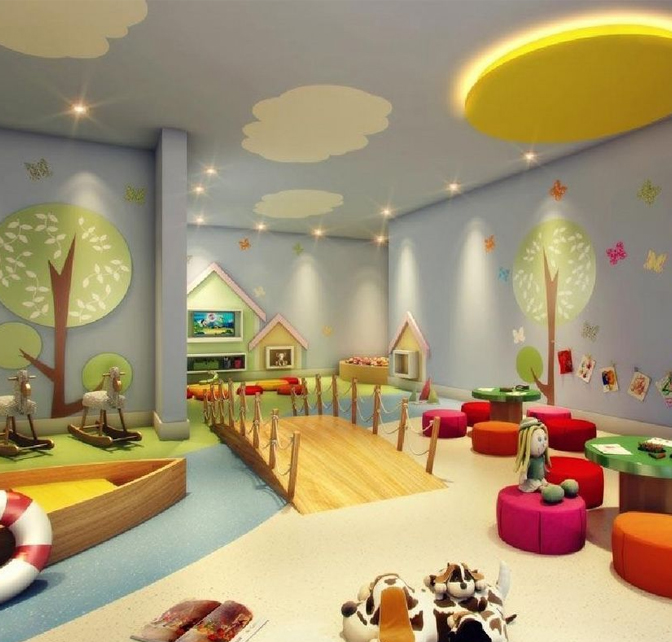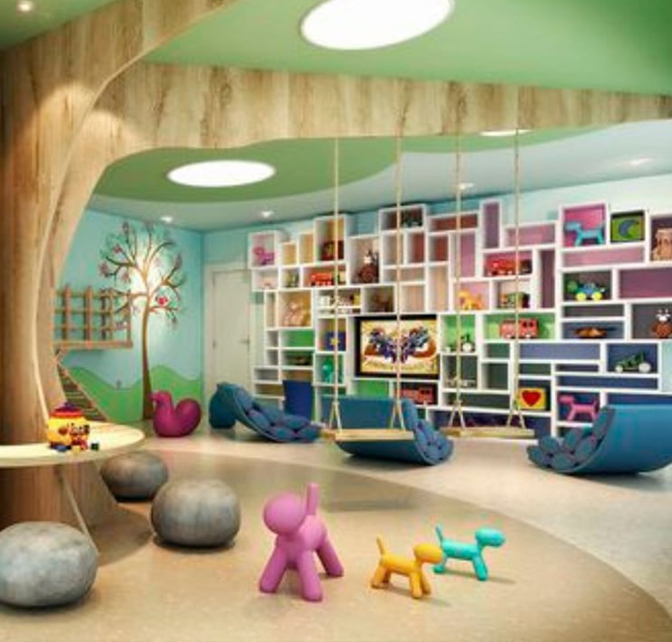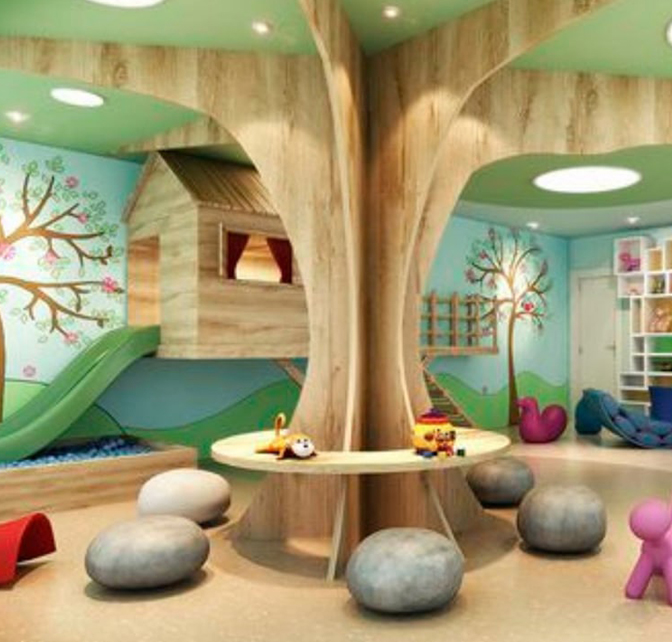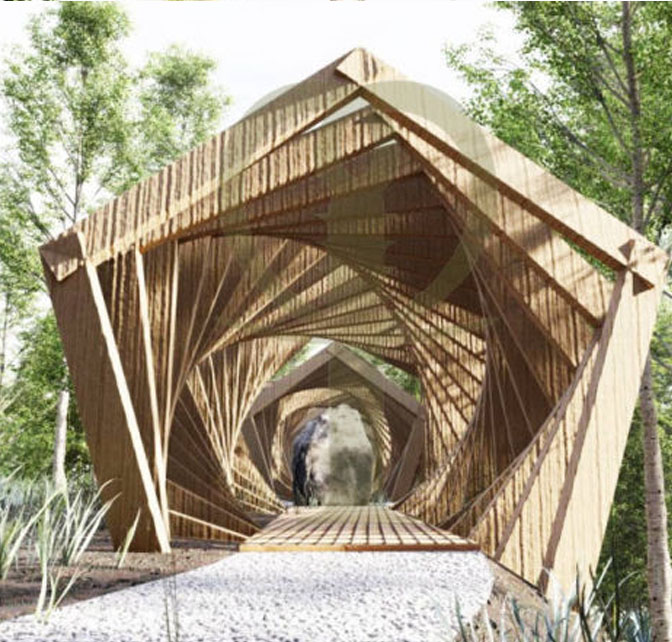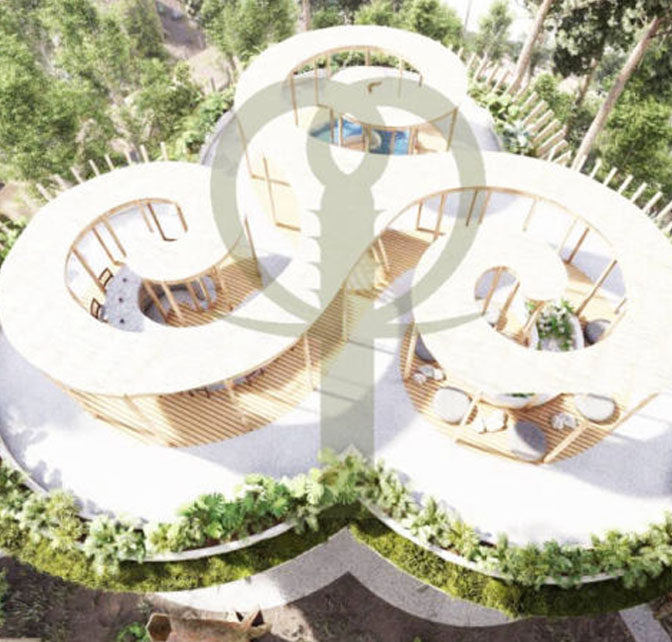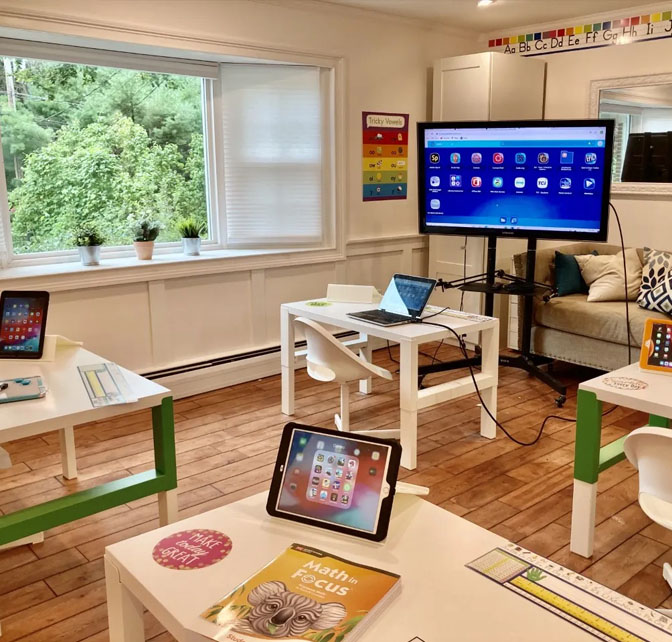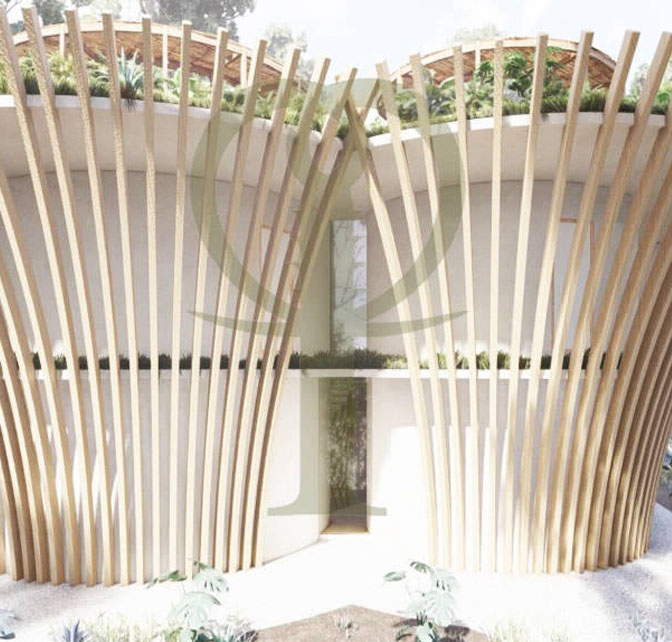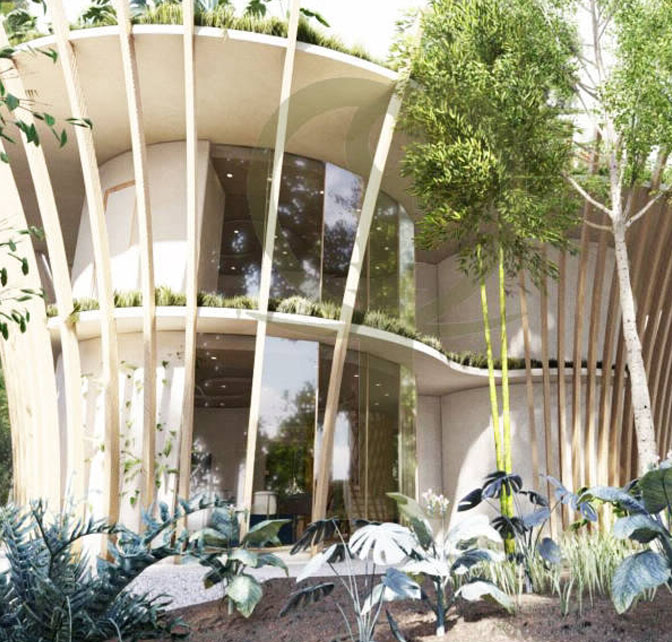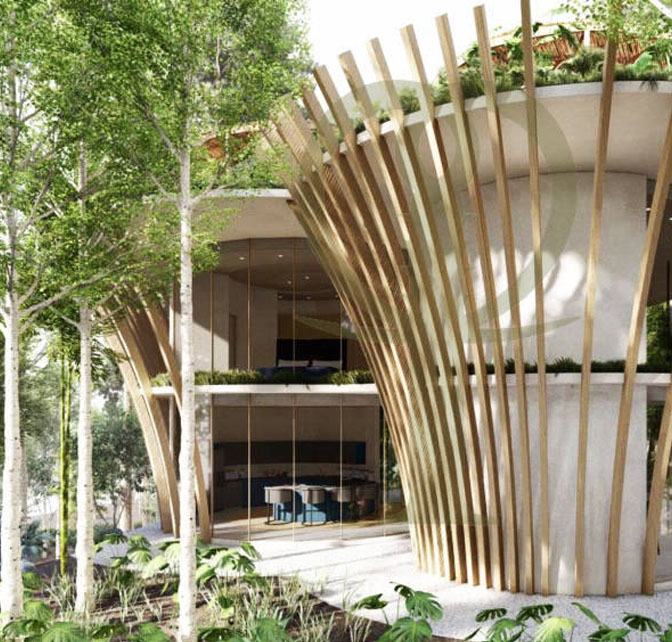Building A New Facility

To Be in Harmony with Nature
Achieving a symbiotic relationship between the structure and its natural environment.

Use Of Natural Building Materials
Which are non-toxic, energy efficient, create a feeling of harmony through touch and appearance, sustainably sourced/maintained and energetically beneficial.

Design Which Inspires the Imagination
With a focus on exploration. One is only limited by one’s own mind and consciousness – “As we intend, so we manifest.”
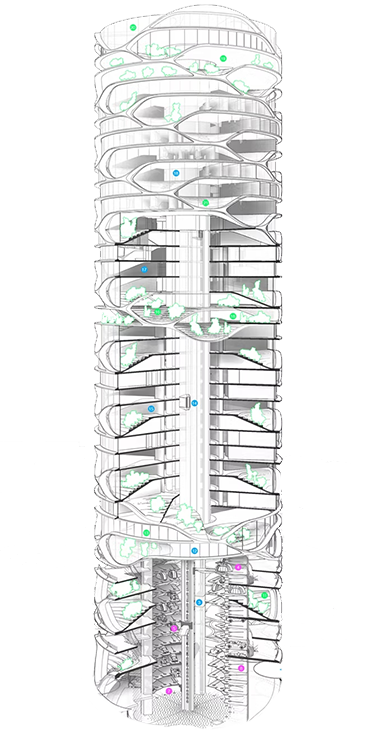

Energetically Optimized
Utilizing principles of natural form and geometry which is life force enhancing.

Landscaping Which Teaches the Students Advanced Eco-Conscious Design
Incorporating permaculture (whole system agriculture) techniques on campus (where possible), clean water sourcing, and ecology/biodiversity (the study of the relationships between living organisms).

Honor and Celebrate Local Cultures
Our Exploratoriums will aim to Honor and Celebrate Local Cultures and cultural diversity.


Mexico based architect Eduardo “Roth” Neira, explores the elemental structures of nature, creating an artistic experience where elements of earth unite with art in a harmonious way. This artist redefines the boundaries between nature and art as well as natural materials and Feng Shui. Every tree and body of water embraces the visitor in an intricate canopy of plants reaching into the crowns of the trees inside and outside of the structure. The inviting open spaces create a natural flow of high vibration and positive energy embracing the light of the sun and earth frequencies below the visitors’ feet. The whole space represents the life force of humanity and creates a nurturing environment for children and young adults.

Use of
Natural Building Materials
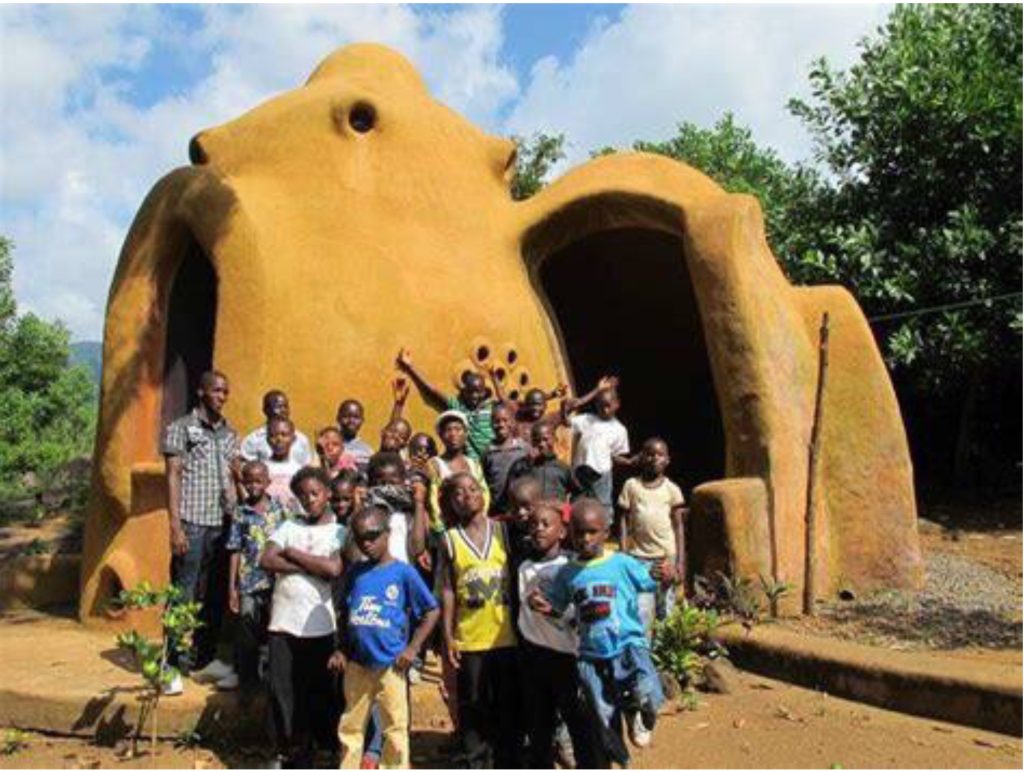
In this African mud building, a variety of materials are used, for instance; mud, clay, wood, hemp, bamboo, thatch, rammed earth, etc. It’s a space that inspires warmth and protection, a natural organism that invites you to interact with it, for example, by walking barefoot. It is essential to experiment with various materials that the floor is made with, for new experiences – from the cold of the smooth concrete to the warm, rough surfaces of inga wood, a climbing plant that is indigenous to the region. Circular openings of different sizes are placed at various heights to light the exhibition space and provide glimpses of the sky and the jungle. The gallery has been designed as a place where cultural experiences are created for the local community and to help establish partnerships with international artists.
In Africa, communities can build their structures in the traditional way or we can bring in the 21st century to create them with 3D printers within 48 hours. We can create a chain of classrooms having permaculture installations between them, creating a smaller school environment. Here you can see a 3D printed housing prototype created by an Italian architect studio, made of local raw earth. It can be replicated anywhere using high level technology and local soil.
Clay houses have always been a great option for building a home from natural materials. Here are some excellent reasons why we should consider this technology when building an Exploratorium. The transcript below, is from an interview that can be found in Hungarian on the following website, http://valyogfal.hu/gaspar-janos-interju-m1-kek-bolygo-musoraban/, where an expert and the owners tell us more about it.

- Erika and Sanyi, because of their environmental-friendly approach and their fond memories from their childhood, decided to live in a more rural area, in a clay house, in the countryside.
- They insisted on natural materials, as their parents’ house was also made of clay, so they knew the positive effects of this type of building; it is warm in winter, and cool in summer.
- They knew first-hand that during the day, the clay house is very efficient at regulating the temperature and humidity because they had already spent a winter in an existing part of the house.
- During the nights, the temperature was 8-10 degrees Celsius, and a consistent 20 degrees during the day.
- This is important, as the environmental aspects were adhered to, but not at the expense of being practical.
- Their favorite part of the house, was the fantastic view, and the hand-hewn beams, which were recycled from the old house.
- The clay house was made of water, clay and straw, so all the materials were organic and environmentally friendly.
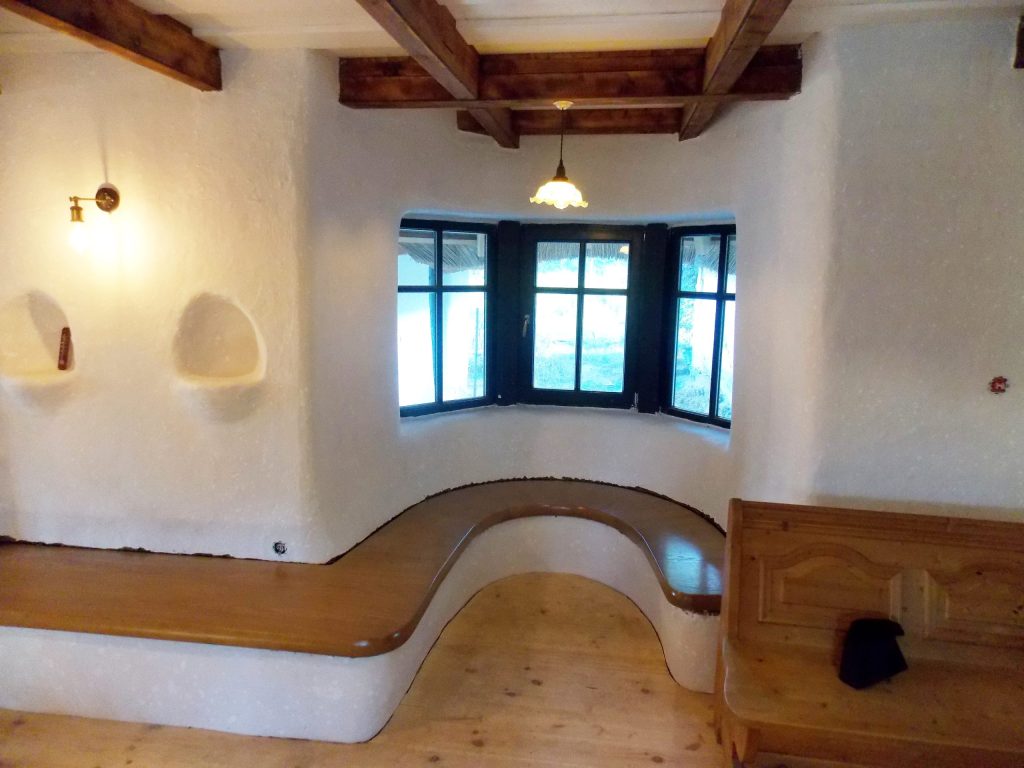
- They enlisted a creative specialist’s help and expertise so that they could thrive in an ecologically, yet traditionally-styled family home.
- One can see how modern and traditional are combined, yet the walls were the same as it was built in the past.
- The walls can breathe and it is not insulated the way a brick wall is. There is no air-conditioning, as it is not needed.
- It is important to be clear, building a house with this technology is not inexpensive, as it takes a lot of time and hard work.
- However, the energy and time invested will pay off in the hot summer and cold winter months. Not to mention that the planet will also thank us for your environmentally-conscious attitude in the long run.
- A clay house can be built anywhere as the raw building materials are readily available globally. Sándor, however, recommends that before anyone makes that type of decision, to consult a specialist for recommendations. http://valyogfal.hu/
